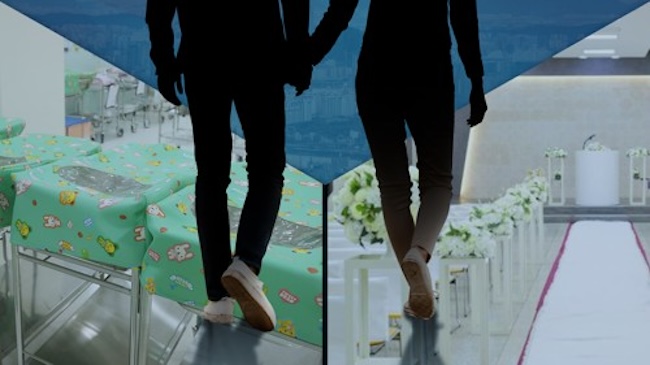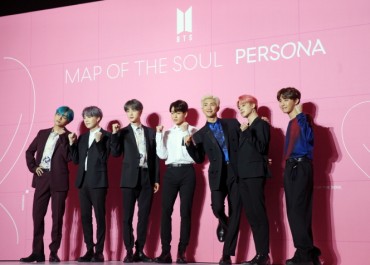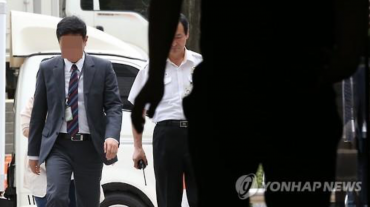JEONJU, Mar. 27 (Korea Bizwire) – Ask Im Chung-sik, a 48-year-old resident of Jeonju, if he considers himself a “youth,” and his answer typifies the blurred boundaries around the definition.
“Does that even matter at my age?” replied Im, who is approaching the “ji-cheon-myeong” – the traditional age at 49 when one is said to gain wisdom about life’s journey.
The conclusion? In the nearby rural counties of Jangsu, Muju and Sunchang, Im would indeed be classified as a “youth.” But in the city of Jeonju and most other parts of North Jeolla Province, he falls into the “middle-age” category.
The age criteria defining “youth” is expanding in many South Korean municipalities, driven by socioeconomic factors like delayed employment, later marriages and rapid aging of the population. While the national Framework Act on Youth sets the range from 19 to 34 years old, local governments are relaxing those boundaries.
In Jangsu County, the official “youth” age spans an expansive 15 to 49 years old, potentially grouping a middle school student and their father under the same “youth” umbrella.
According to North Jeolla Province, its ordinance stipulates “youth” as 18 to 39 years old. But increasingly, municipalities are extending that upper limit based on their demographic situations.
Jeongeup adjusted its “youth” definition last June to 18 to 45, from the previous 18 to 39, aiming to broaden access to youth welfare policies. The city of 100,000 sought to get ahead of projected youth population declines in this rural area grappling with rapid aging.
Likewise, Wanju County raised its “youth” ceiling to 45 this January, following trends in other low-birthrate, fast-aging communities looking to expand support programs.
Definitions now vary widely, with Jeonju, Gunsan, Iksan and Gimje setting the “youth” range at 18 to 39, while Jangsu stretches it all the way to 49.
The inconsistencies have led to disparities where the same 49-year-old would be considered “middle-aged” in Jeonju but still a “youth” in Jangsu County, just an hour’s drive away.
Similar expansions of “youth” criteria are occurring nationwide, with South Jeolla Province and Gangwon Province adjusting their upper limits to 45 last year, citing the evolving societal roles and timelines of young people in a rapidly aging society.
While some raise concerns that broadening the “youth” pool could dilute resources for those in their 20s and 30s, advocates argue supporting and retaining young residents is an obligation for local governments.
“We raised the ceiling to help young people settle here and provide tailored policies – stemming the youth exodus is a duty,” said a Jeongeup city official.
M. H. Lee (mhlee@koreabizwire.com)







